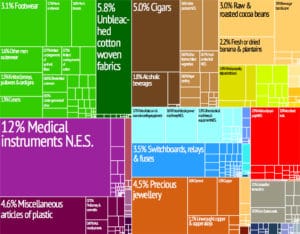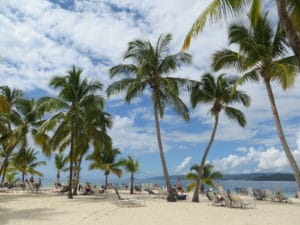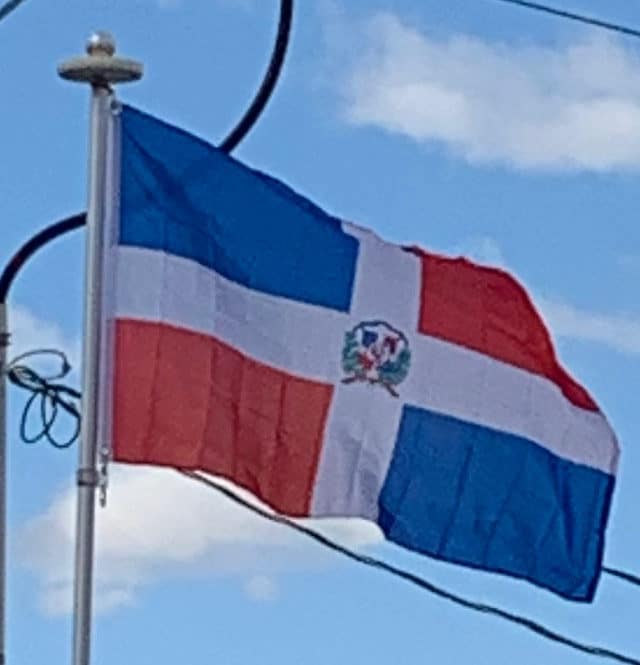
Remittances in Dominican Republic increased to US$4571.30 million in 2014 from US$3333 million in 2013 (according to data reported by the Inter-American Development Bank). Economic growth takes place in spite of a chronic energy shortage, which causes frequent blackouts and very high prices. Despite a widening merchandise trade deficit, tourism earnings and remittances have helped build foreign exchange reserves. Following economic turmoil in the late 1980s and 1990, during which the gross domestic product (GDP) fell by up to 5% and consumer price inflation reached an unprecedented 100%, the Dominican Republic entered a period of growth and declining inflation until 2002, after which the economy entered a recession.
This recession followed the collapse of the second-largest commercial bank in the country, Baninter, linked to a major incident of fraud valued at US$3.5 billion. The Baninter fraud had a devastating effect on the Dominican economy, with GDP dropping by 1% in 2003 as inflation ballooned by over 27%. All defendants, including the star of the trial, Ramón Báez Figueroa (the great-grandson of President Buenaventura Báez), were convicted.
Tourism is one of the fueling factors in the Dominican Republic’s economic growth. The Dominican Republic is the most popular tourist destination in the Caribbean. With the construction of projects like Cap Cana, San Souci Port in Santo Domingo, Casa De Campo and the Hard Rock Hotel & Casino (ancient Moon Palace Resort) in Punta Cana, the Dominican Republic expects increased tourism activity in the upcoming years.

Ecotourism has also been a topic increasingly important in this nation, with towns like Jarabacoa and neighboring Constanza, and locations like the Pico Duarte, Bahia de las Aguilas, and others becoming more significant in efforts to increase direct benefits from tourism. Most residents from other countries are required to get a tourist card, depending on the country they live in. In the last 10 years the Dominican Republic has become one of the worlds notably progressive states in terms of recycling and waste disposal. A UN report cited there was a 221.3% efficiency increase in the previous 10 years. Notably due to the opening of the largest open air landfill site located in the north 10 km from the Haitian border.
Transportation:
The country has three national trunk highways, which connect every major town. These are DR-1, DR-2, and DR-3, which depart from Santo Domingo toward the northern (Cibao), southwestern (Sur), and eastern (El Este) parts of the country respectively. These highways have been consistently improved with the expansion and reconstruction of many sections. Two other national highways serve as spur (DR-5) or alternative routes (DR-4).
In addition to the national highways, the government has embarked on an expansive reconstruction of spur secondary routes, which connect smaller towns to the trunk routes. In the last few years the government constructed a 106-kilometer toll road that connects Santo Domingo with the country’s northeastern peninsula. Travelers may now arrive in the Samaná Peninsula in less than two hours. Other additions are the reconstruction of the DR-28 (Jarabacoa – Constanza) and DR-12 (Constanza – Bonao). Despite these efforts, many secondary routes still remain either unpaved or in need of maintenance. There is currently a nationwide program to pave these and other commonly used routes. Also, the Santiago light rail system is in planning stages but currently on hold.
